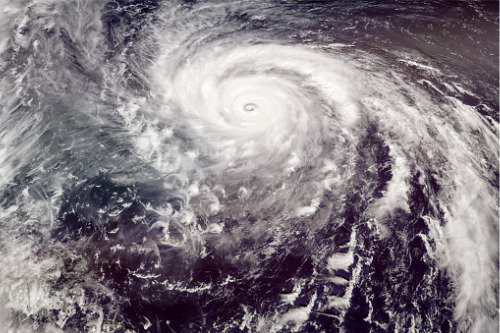

Australia’s largest general insurer has warned about the heightened risk of a devastating category-four cyclone hitting Brisbane, the Gold Coast, and northern NSW, causing a higher-than-ever damage bill of tens of billions of dollars.
Modelling conducted by Insurance Australia Group (IAG) and the National Centre for Atmospheric Research (NCAR) found that climate change has dramatically increased the risk of severe cyclones, with wind speeds expected to reach up to 225-279 kilometres per hour – more powerful than most houses in these areas can withstand.
Alarmingly, the modelling also found a 10% increase in the most intense tropical cyclones off the nation’s coastline from 2015-25, which is the same level of increase experienced from the 1960s to 2015, ABC News reported.
Greg Holland, a cyclone expert and senior scientist emeritus with the NCAR, added that tropical cyclones are maintaining maximum intensity as they move further south, which makes it “definitely more likely than in the past that a serious cyclone could hit Brisbane” and other major population centres.
Last November, IAG’s natural perils team predicted that this summer’s fire season could potentially become a “catastrophic billion-dollar event” and that, because of climate change, it was more likely for places like Canberra to be hit by giant hail.
Both predictions came true; but the team said it’s the changing climate’s influence on tropical cyclones that is worrying them most.
While tropical cyclones are becoming fewer in number overall, they are becoming more severe and now more likely to impact southeast Queensland and north-eastern NSW, putting these big population centres “right on the edge of the serious stuff,” Holland told ABC.
Bruce Buckley, IAG’s in-house veteran meteorologist, pointed to the rising sea temperatures as the culprit for the severe cyclone risk increasing further south along the Australian continent.
“The extent of the tropics is expanding polewards — which means the region where tropical weather systems are supported is also extending polewards,” Buckley told ABC, adding that as Australia’s tropical region extends south, these areas would see an “ongoing increase in the proportion of cyclones above mid-category three.”
